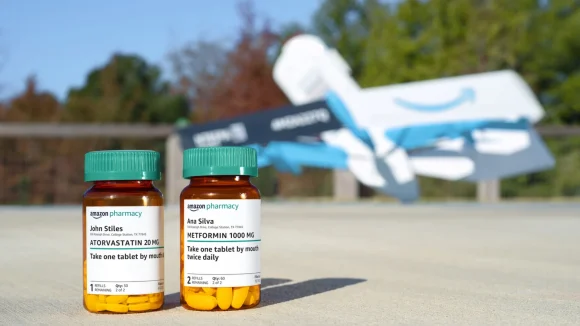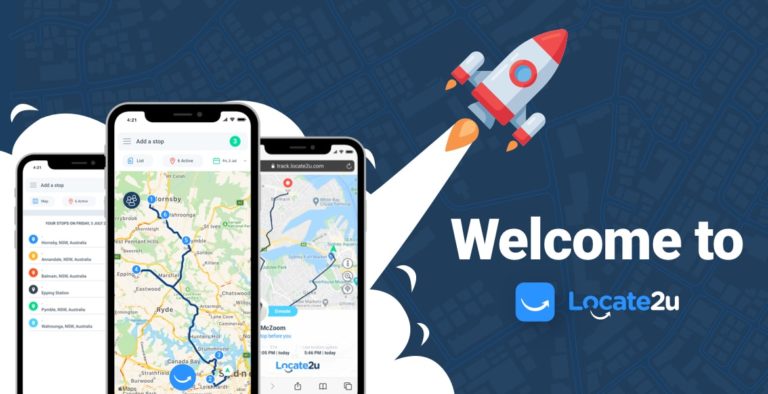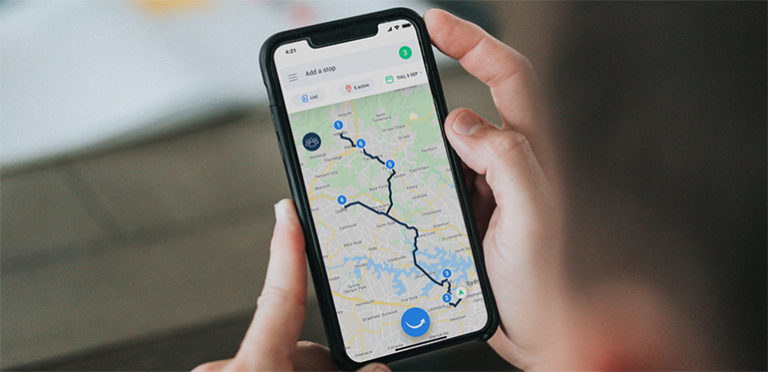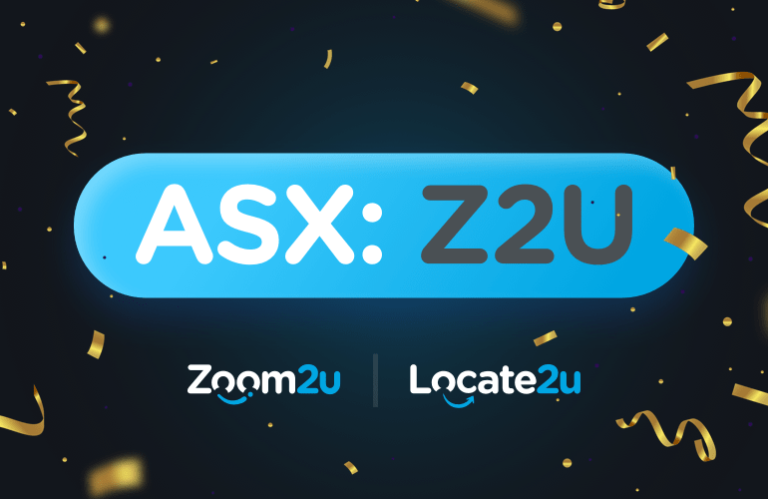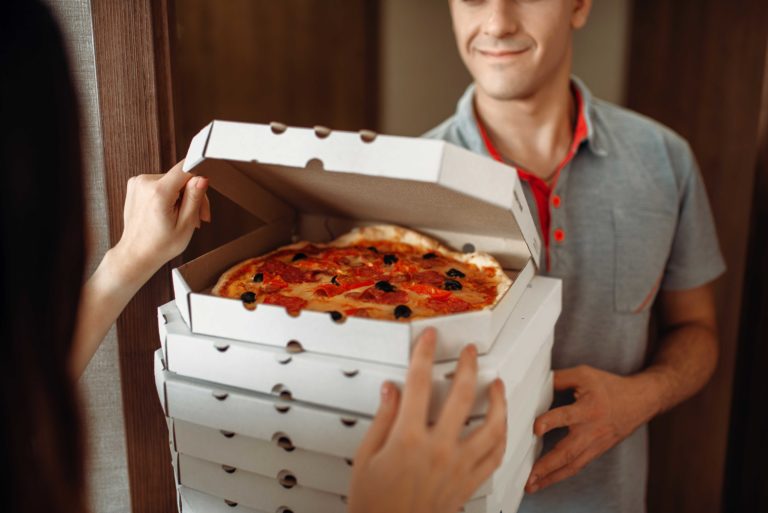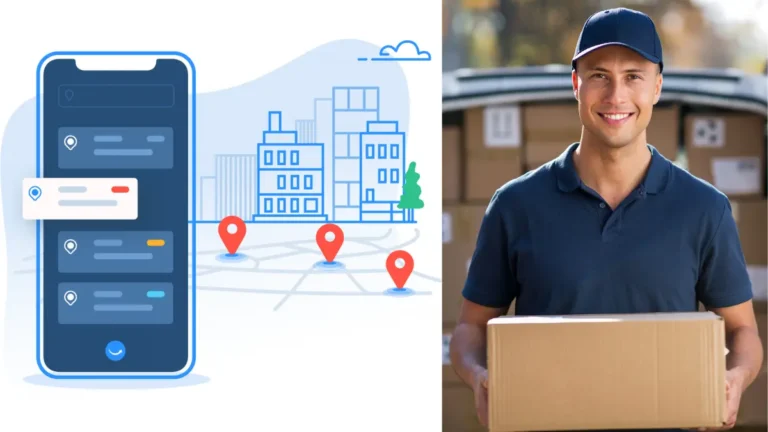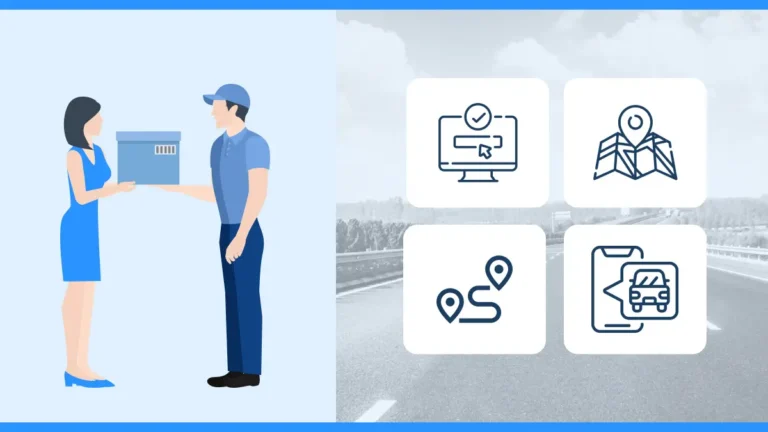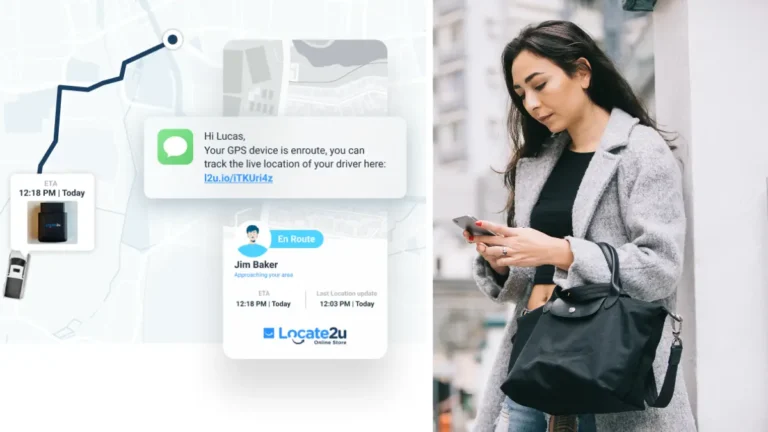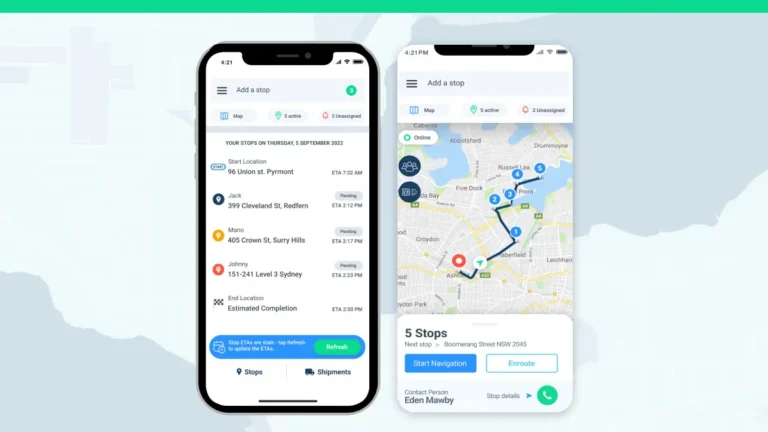Amazon has unveiled a new drone, the MK30, designed to deliver parcels within 60 minutes of placing an order. It will now be used to offer ultra-fast delivery of prescription medicines in Texas, US.
The advanced drone can carry packages the size of a shoe box with a maximum weight of 2.3kgs. It has been operational for the past year in two US locations, Lockeford in California and College Station, Texas.
Amazon’s aerial offerings
Amazon’s drone delivery program, Prime Air, plans to extend its services internationally, offering aerial deliveries to customers in Italy, the UK, and an additional US city by the end of next year.
David Carbon, vice president of Prime Air, emphasizes the MK30’s safety and efficiency, stating that it had been proven to be “magnitudes safer” than driving to shops during extensive test flights.
The MK30’s machine learning and vision system allows it to detect unexpected obstacles, such as newly planted trees or moved cranes, ensuring safe navigation. The drone has been vigorously tested during millions of simulations and thousands of test flights conducted by Amazon’s aerospace and engineering teams.
Prime’s prescription service
One of the significant impacts of this drone delivery service is the ability to provide prescription medications to residents.
In the test location of College Station, Texas, up to 500 medications can be delivered to residents by drone. This helps reduce what’s called ‘the golden window’ in medicine – the time between a patient feeling unwell and receiving treatment.
While regulatory challenges have posed hurdles to Amazon’s drone ambitions, the company has been working closely with aviation regulators in various countries. Regulators in the UK and Italy have expressed interest in collaborating with Amazon to incorporate drones into their airspace safely.
Meet the MK30
Amazon’s MK30 drones fly at 40 to 120 meters altitude, avoiding obstacles using built-in sense-and-avoid technology, including sensors and cameras.
Its neural network is trained to identify objects, ensuring safe navigation around people, pets, and power lines. Upon arrival at a customer’s home, the drone lowers itself above a designated delivery marker, and computer vision technology assesses the descent path for any obstacles. When the delivery zone is clear, the drone releases the package, ascends, and returns to the delivery center.
Drones, the new ambulances
Other drone operators are testing the viability of delivering essential medicine using drones.
Drones can deliver opioid overdose reversal kits (Naloxone) more efficiently than traditional ambulances. During recent tests, it found that drones can reach 78% of cases within the critical seven-minute window for life-threatening emergencies, compared to ambulances’ 14% success rate.
These drones carry Naloxone, a drug that reverses the effects of opioids and restores normal breathing. Administering Naloxone promptly during an overdose is crucial for its effectiveness.
Researchers found that optimizing drone speeds and using specially designed cargo cradles could potentially reach 98% of overdose cases within seven minutes, further increasing the efficiency of the delivery system.
Amazon’s introduction of this innovative drone delivery service marks a significant step toward faster delivery of prescription (and life-saving) medicines and other essential items.

